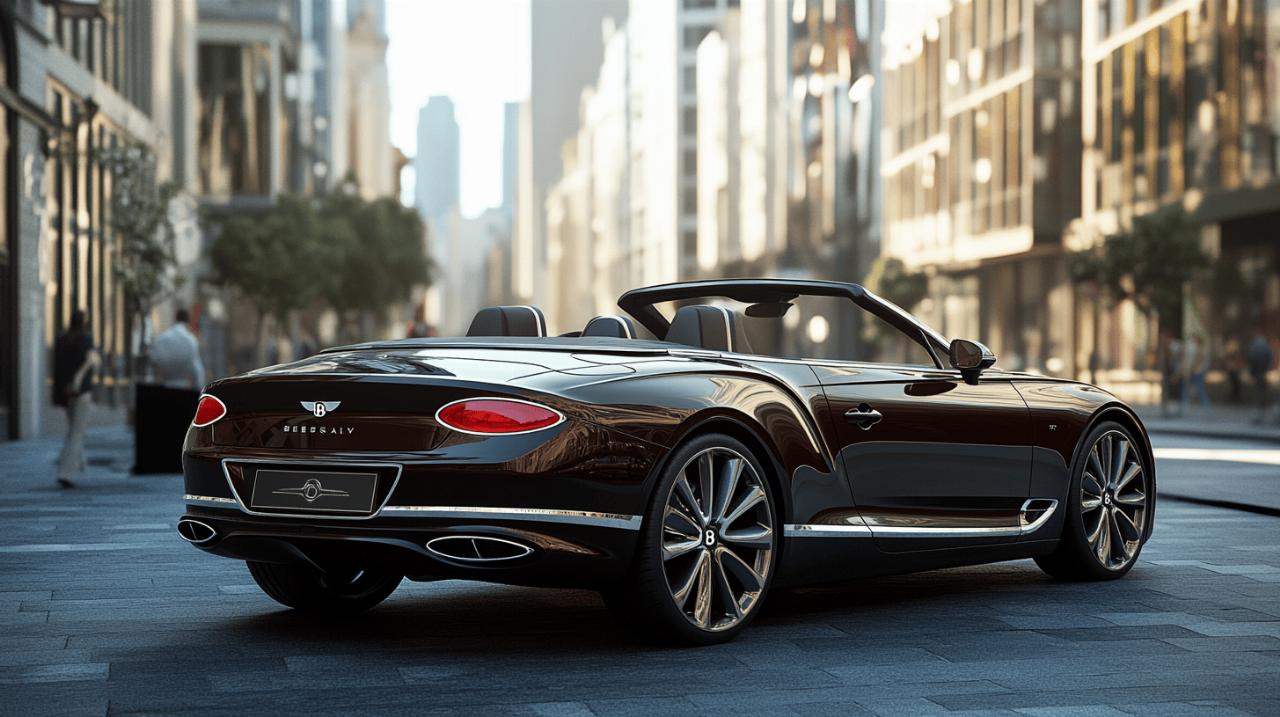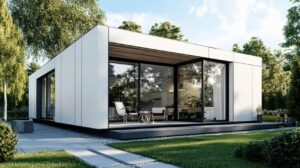When we think of convertible cars, our minds often leap to the thrill of the open road, wind whipping through our hair as we navigate coastal highways or country lanes. But what if you don’t have a driver’s licence? Does that mean the allure of convertibles is entirely off-limits? Not at all. There’s a rich world of convertible car appreciation that exists beyond the driver’s seat, offering enthusiasts numerous ways to engage with these iconic vehicles without ever touching a steering wheel.
The aesthetic appeal of convertible cars
Convertible cars represent some of the most visually striking designs in automotive history. Their appeal transcends the driving experience, making them objects of artistic appreciation in their own right. Many enthusiasts find themselves drawn to the aesthetic qualities of these vehicles, regularly visiting https://www.kammann-automobile.de/ and similar platforms to stay updated on the latest convertible designs and classic restorations even without plans to drive them.
Design evolution through the decades
The evolution of convertible design tells a fascinating story of automotive history. From the elegant, sweeping lines of 1950s American soft-tops to the precision-engineered retractable hardtops of modern luxury vehicles, each era has brought distinctive styling elements. The BMW 3-Series (E36) Convertible exemplifies the clean, purposeful design language of the 1990s, whilst the Peugeot 306 Cabriolet showcases the more fluid, romantic styling favoured by French designers. Even the humble Ford Escort Cabriolet represents an important chapter in making open-top motoring accessible to everyday motorists.
Artistic expression in convertible styling
Convertibles often serve as canvases for automotive designers to express their most creative visions. The absence of a fixed roof allows for unique proportions and silhouettes impossible in conventional vehicles. The Saab 900 Convertible, with its distinctive profile and aircraft-inspired cockpit, demonstrates how open-top cars can embody a manufacturer’s philosophy and heritage. Similarly, the classic Triumph Herald Convertible showcases the handsome, timeless British styling that continues to captivate enthusiasts decades after production ceased.
Convertible car culture beyond driving
A vibrant culture exists around convertible cars that extends far beyond driving them. This community welcomes enthusiasts regardless of whether they hold a licence, creating spaces where appreciation and knowledge take precedence over actual driving abilities.
Car Shows and Static Displays for Enthusiasts
Car shows represent perfect venues for licence-free convertible appreciation. Events like the Festival of the Unexceptional and RADwood celebrate cars of all types, including convertibles, in static displays where visitors can admire their design, engineering, and historical significance. These gatherings often feature rare models like the Volkswagen Golf Cabriolets across various generations, allowing enthusiasts to compare design evolutions and mechanical differences. Some shows even permit visitors to sit inside vehicles, experiencing the unique ambiance of convertible interiors without ever starting the engine.
Building a Private Collection as an Appreciation Hobby
For those with the means, building a collection of convertible cars represents a fulfilling hobby entirely separate from driving. Many collectors focus on preserving automotive history, restoring vehicles to their original condition, and showcasing them in private museums or at charitable events. This approach treats convertibles as artistic and historical artefacts worthy of preservation. Even modest collections might include affordable classics like the Suzuki Vitara Convertible or Rover 200 Cabriolet, both offering distinctive styling and historical significance without commanding premium prices in the used car market.

Engineering marvels: understanding convertible mechanisms
Convertible cars represent remarkable feats of engineering, with sophisticated roof mechanisms that blend mechanical precision with practical functionality. Understanding these systems offers a fascinating glimpse into automotive innovation, regardless of whether one plans to operate them from behind the wheel.
The fascinating world of roof systems
Modern convertibles feature three main roof types, each with unique engineering approaches. Soft-top designs use fabric stretched over an articulated frame, balancing traditional aesthetics with practical storage concerns. Hardtop convertibles like certain BMW models employ complex folding metal roofs that transform from secure coupe to open roadster at the touch of a button. Retractable top models represent perhaps the most innovative category, with roofs that disappear completely into the body structure without compromising boot space. These mechanisms involve hundreds of precisely coordinated parts working in harmony, making them worthy subjects of study for engineering enthusiasts.
Material science in modern convertibles
The materials used in contemporary convertibles showcase cutting-edge automotive technology. Modern soft-tops utilise multiple layers of advanced fabrics that provide sound insulation, weather resistance, and durability while maintaining the classic aesthetic appeal of traditional convertibles. Hardtop systems incorporate lightweight alloys, precision hinges, and sophisticated hydraulics to manage the complex folding process. Interior materials receive special attention in convertibles, with UV-resistant treatments and water-repellent properties to withstand exposure to the elements. This focus on material science makes convertibles particularly interesting from a technical perspective, even when stationary.
The Sensory Experience of Convertibles at Rest
Convertible cars deliver unique sensory experiences even when parked. Their distinctive materials, acoustic properties, and design elements create an immersive environment that can be appreciated without ever starting the engine.
Tactile elements of premium convertible interiors
The interior of a quality convertible offers a wealth of tactile experiences. Premium models feature hand-stitched leather, precisely machined metal controls, and bespoke trim materials selected for their feel as much as their appearance. These tactile elements take on special importance in convertibles, where interiors are frequently visible to admirers. Models like the BMW Mini Convertible showcase how even more affordable convertibles can deliver engaging interior experiences, with distinctive toggle switches and circular design motifs creating a unique cabin ambiance. The careful attention to materials and finish makes exploring convertible interiors a sensory delight for enthusiasts without driving licences.
Sound Design and Acoustic Engineering in Open-Top Cars
Even at rest, convertibles demonstrate fascinating acoustic properties. With the roof down, the cabin becomes an amphitheatre of sorts, with sound reflecting differently than in conventional vehicles. Luxury convertible manufacturers invest heavily in audio system design, creating bespoke speaker arrangements that adjust automatically based on roof position. When the engine does start, the carefully tuned exhaust notes of performance convertibles like the Audi R8 Spyder create distinctive soundscapes specifically engineered to enhance the open-air experience. Understanding these acoustic considerations adds another dimension to convertible appreciation that transcends driving, allowing enthusiasts to appreciate the engineering that shapes these sensory experiences.







